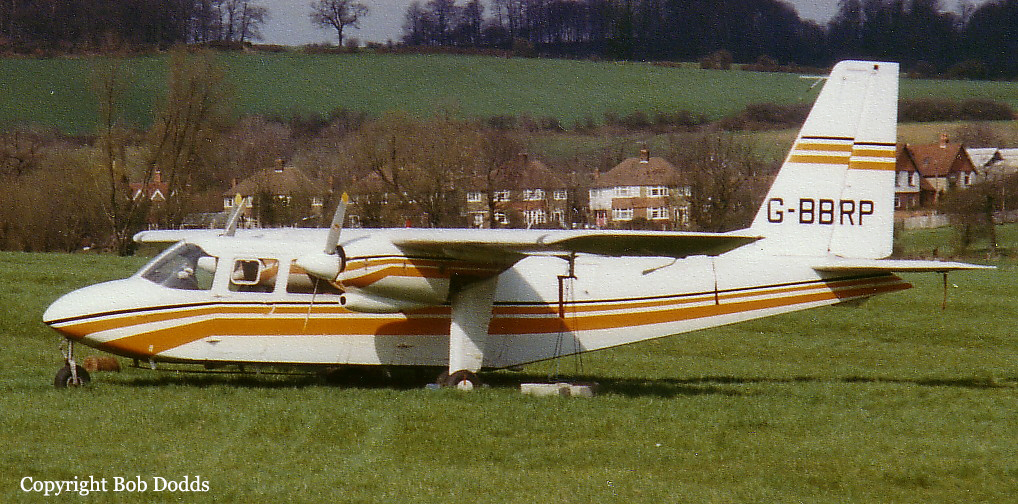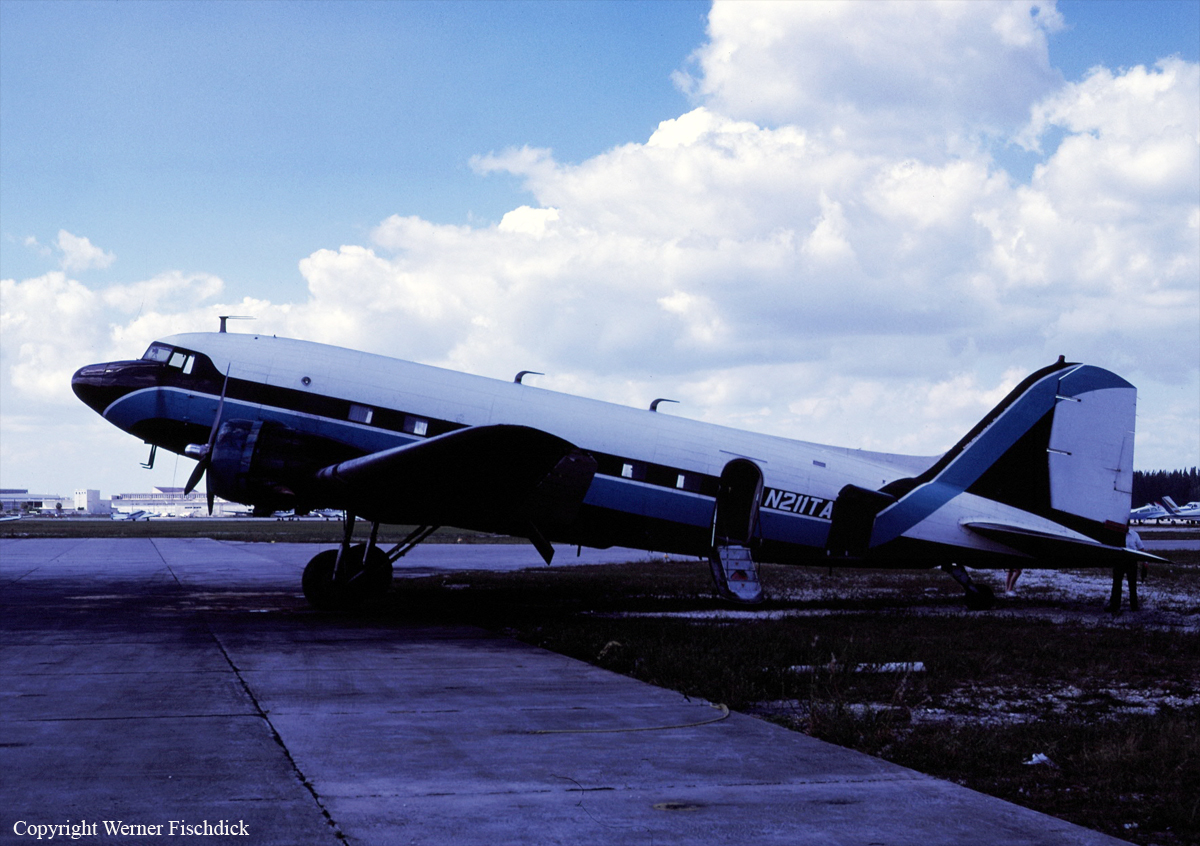Crash of a Cessna 411 in Middlefield: 5 killed
Date & Time:
Apr 18, 1982 at 1759 LT
Registration:
N3228R
Survivors:
No
Schedule:
Middlefield - Middlefield
MSN:
411-0228
YOM:
1966
Crew on board:
2
Crew fatalities:
Pax on board:
3
Pax fatalities:
Other fatalities:
Total fatalities:
5
Aircraft flight hours:
2126
Circumstances:
The purpose of the flight was to prepare for a FAA part 135 air taxi check ride which was scheduled later that week. The aircraft was observed during the approach with one engine shut down. During the turn to final the aircraft crashed half a mile from runway 28. All five occupants were killed.
Probable cause:
Occurrence #1: loss of engine power(total) - nonmechanical
Phase of operation: approach - VFR pattern - base leg/base to final
Findings
1. (f) in-flight planning/decision - improper - pilot in command
2. (f) emergency procedure - simulated - pilot in command
----------
Occurrence #2: loss of control - in flight
Phase of operation: approach - VFR pattern - base leg/base to final
Findings
3. (c) planned approach - poor - pilot in command
4. (c) airspeed (VMC) - not maintained - pilot in command
----------
Occurrence #3: in flight collision with terrain/water
Phase of operation: approach - VFR pattern - base leg/base to final
Phase of operation: approach - VFR pattern - base leg/base to final
Findings
1. (f) in-flight planning/decision - improper - pilot in command
2. (f) emergency procedure - simulated - pilot in command
----------
Occurrence #2: loss of control - in flight
Phase of operation: approach - VFR pattern - base leg/base to final
Findings
3. (c) planned approach - poor - pilot in command
4. (c) airspeed (VMC) - not maintained - pilot in command
----------
Occurrence #3: in flight collision with terrain/water
Phase of operation: approach - VFR pattern - base leg/base to final
Final Report:












